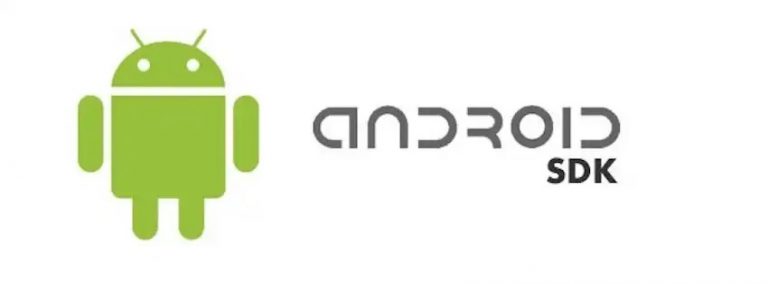

- #UPDATE DEVICE SDK FOR ANDROID STUDIO .EXE#
- #UPDATE DEVICE SDK FOR ANDROID STUDIO INSTALL#
- #UPDATE DEVICE SDK FOR ANDROID STUDIO UPGRADE#
- #UPDATE DEVICE SDK FOR ANDROID STUDIO SOFTWARE#
- #UPDATE DEVICE SDK FOR ANDROID STUDIO DOWNLOAD#
Note: You may get prompted to run as an administrator.

On Windows, double-click on the Android Studio icon. On macOS, go to Launchpad and click on Android Studio Launching the Android SDK Manager differs depending on the platform.
#UPDATE DEVICE SDK FOR ANDROID STUDIO INSTALL#
The Android SDK Tools package that has been installed contains the Android SDK Manager that is used to install the rest of the Android SDK packages. # Installing Android Packages with Android SDK Manager Then proceed to the Installing Android Packages with Android SDK Manager section.
#UPDATE DEVICE SDK FOR ANDROID STUDIO SOFTWARE#
Refer to the Windows Software Locations section, and add the path of the Android SDK Tools directory to your system's PATH.
#UPDATE DEVICE SDK FOR ANDROID STUDIO DOWNLOAD#
Launch Android Studio so it can download any necessary components for your version of Windows.Ĭlick the Finish button once Android Studio has finished downloading components. Once installation is complete, click Next > button. Click the Next > button.Ĭhoose the install location and click Next > button. By default, you should install both Android Studio and Android Virtual Device. Select the components you wish to install.
#UPDATE DEVICE SDK FOR ANDROID STUDIO .EXE#
exe file has downloaded, double-click on the executable file to start the install process.Ĭlick the Next > button in the Android Studio Setup window. # Installing Android SDK Tools on Windows Note that the typical filesystem location of this software can be found in the Windows Software Locations section of these guides. Drag the Android Studio icon to the Applications folder. dmg file has downloaded, the Android Studio installer should pop up. Point a browser towards Android Studio and SDK tools (opens new window). Note that the typical filesystem location of this software can be found in the macOS Software Locations section of these guides. See Installing the iOS SDK: Installing Command Line Tools for detailed instructions. The Xcode command line tools are required to develop native Android add-on modules on macOS. # Android Native Add-on Module Development on macOS The default Android SDK can be configured using Studio's Preferences, and then selected per-project using the Run Configurations. See Installing the Android SDK for detailed instructions. In Studio, choose the SDKs with the naming format "Google APIs x.x" to use the enhanced APIs, or those without the "Google APIs" prefix otherwise.Īndroid SDK packages can be installed using the Android SDK Manager tool. If this is the case for your target devices, you will need to install the relevant Google packages, listed as Google APIs by Google Inc., Android API x. Most mobile device manufacturers have been licensed to use Google's enhanced API, which provides support for Maps and other functionality. ** The Titanium SDK does not support the Android 4.4W SDK (opens new window) (API 20), also known as the Android Wear SDK. * If you are building an Android module, you need to have Android SDK 6.0.x (API 23) installed if using Release 6.0.0 and greater. # Unsupported versions Titanium SDK Version * As of 10.1.0, Titanium requires JDK 11 or higher to build Android projects. # Supported versions Titanium SDK Version The minimum Android/SDK version column indicates the minimum version of Android that a device can run, which a Titanium application supports. If you specify a android:targetSDKVersion in the tiapp.xml file of your project, you must specify one within the target min and max values. # Android SDK / Target Android platformĮach Titanium SDK supports building against a specific range of Android versions, as shown in the following table, and requires at least one of these versions to be installed. Always consult the Android Tools Release Notes (opens new window) and Known Issues (opens new window) first, and refer to our Installation Troubleshooting guide to check whether there are any further actions that need to be taken to make the Titanium and the Android SDK compatible.
#UPDATE DEVICE SDK FOR ANDROID STUDIO UPGRADE#
With this in mind, it's important to only upgrade these packages between major projects, so that you have time to fix any problems that may result. Although these problems are often beyond our control, we always do our utmost to fix them as soon as we are made aware of them. Take caution before upgrading these packages, as changes to the way they work has broken the Titanium toolchain a number of times in the past.


 0 kommentar(er)
0 kommentar(er)
